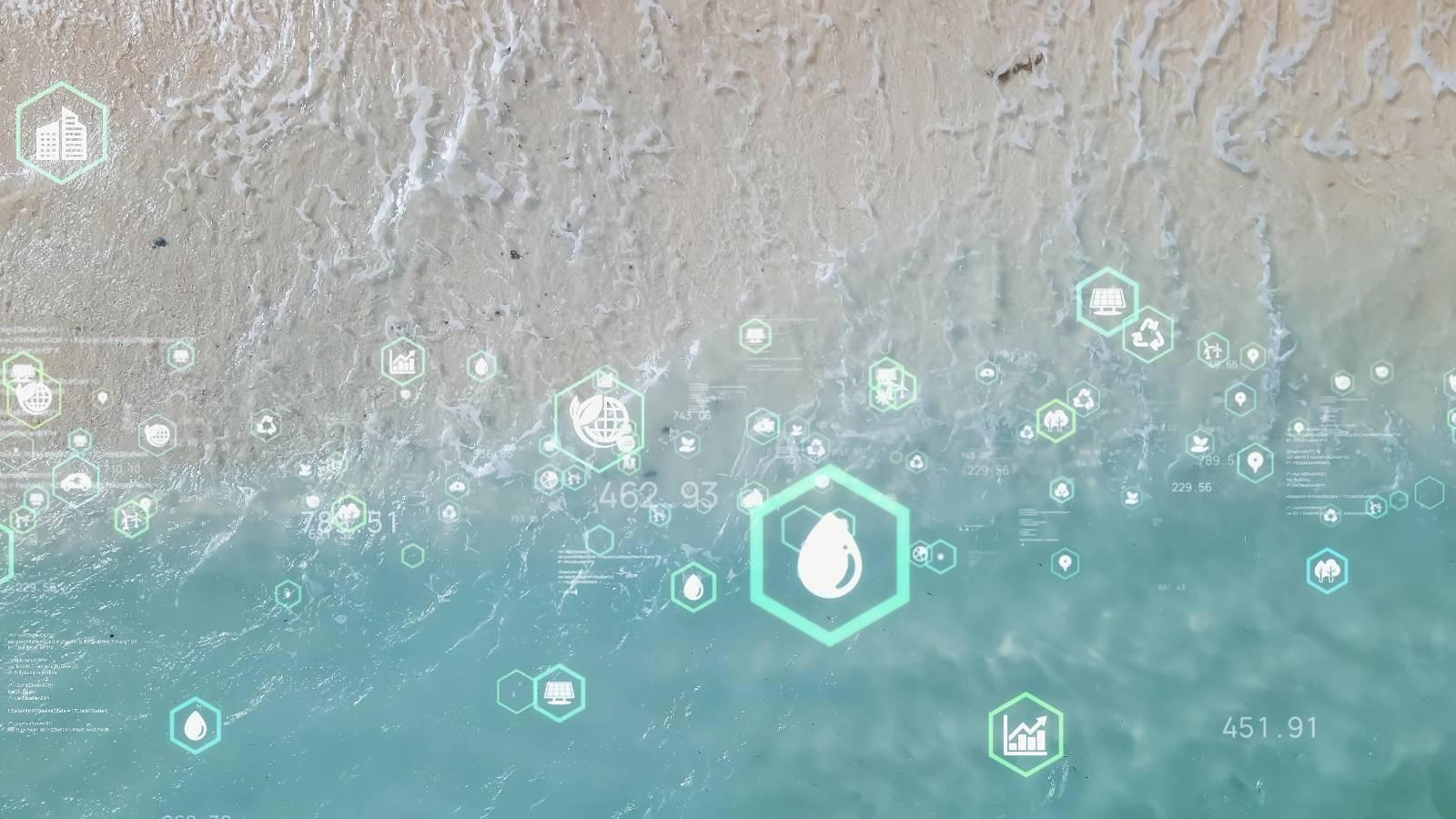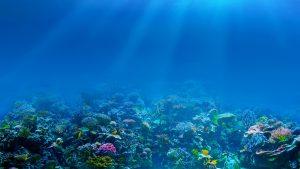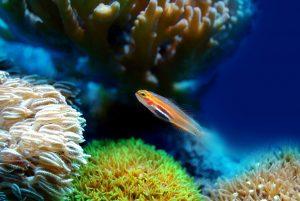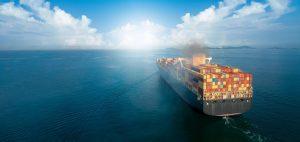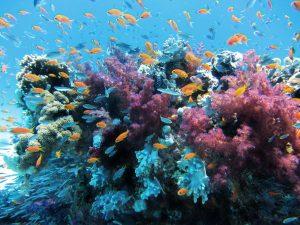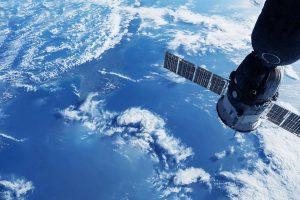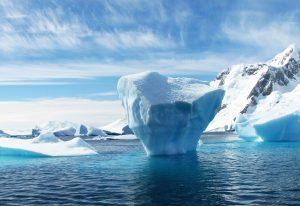The topic of radioactivity in the ocean has garnered significant attention in recent years, largely due to concerns stemming from the Fukushima Daiichi Nuclear Power Plant incident and the release of treated wastewater into the Pacific. However, a closer look at the scientific research conducted by experts like Dr. Nicholas Fisher reveals a much more nuanced and less alarming picture.
The Manmade vs. Natural Radioactivity Debate
Dr. Fisher, a distinguished professor and director of the Consortium for Inter-Disciplinary Environmental Research at Stony Brook University, has been at the forefront of investigating the impact of Fukushima on marine life. His research aims to assess the bioavailability and fate of metals and radionuclides in marine organisms.
One key aspect of his research focused on the extent to which radionuclides released from Fukushima found their way into marine life. The findings were intriguing and not as catastrophic as one might assume.
Radiation in the Pacific: The Surprising Results
Dr. Fisher and his team collected various marine organisms, including plankton, small fish, and bluefin tuna, from the Pacific Ocean. The results indicated that these organisms did contain traces of radioactive Cesium, specifically Cesium-137 and Cesium-134, originating from the Fukushima incident. Even the bluefin tuna that traveled from Japanese waters to California exhibited this radioactivity.
However, what might come as a surprise is that these radioactive Cesium levels were relatively low. In fact, the dose from this manmade radioactivity was far less concerning than that from natural sources like Polonium-210, a naturally occurring radionuclide.
Nature’s Radioactivity Dominates
To put this into perspective, Dr. Fisher emphasizes that our planet is naturally radioactive. Approximately 99% of the radioactivity in the oceans existed before human beings even appeared on Earth. This includes naturally occurring radionuclides like Potassium-40 and Polonium-210, both of which have been present in the oceans since time immemorial.
The remaining 1% Despite well-known nuclear accidents such as Chernobyl and Fukushima, and intentional release of wastewater into the ocean, the vast majority of the remaining 1% of manmade radioactivity in the oceans is primarily a result of nuclear weapons testing, with the peak occurring in 1963.
Should We Worry About Fukushima’s Treated Wastewater?
Given the recent concerns about the release of treated wastewater from Fukushima into the Pacific, Dr. Fisher’s perspective offers reassurance. According to him, the treated wastewater primarily contains tritium, a weak emitter and naturally produced radionuclide. Tritium’s low concentration in marine organisms makes it largely harmless.
Dr. Fisher argues that if the Japanese authorities are accurate in stating that only tritium remains in the tanks, then disposing of this radioactive water into the Pacific is unlikely to be a significant problem. The concentration of tritium in marine organisms is about the same as in the surrounding water and is not expected to be harmful to seafood consumers.
Prioritizing Other Contaminants
While radioactivity is a genuine concern, especially in the context of nuclear disasters, Dr. Fisher urges us to consider other contaminants that might pose a more significant threat. Methyl mercury, primarily originating from coal-fired power plants, is one such contaminant that bio-concentrates in seafood and presents a more significant risk to consumers. Additionally, non-radioactive contaminants like Per- and Polyfluorinated Substances (PFAS) should not be overlooked.
Finding Balance in a Complex World
Understanding the nuances of radioactivity in the ocean is vital for making informed choices. While concerns about Fukushima’s water release are valid, the scientific evidence suggests that the risks may not be as dire as some fear. As we navigate our complex world, it’s essential to balance our concerns and priorities, focusing on the most substantial threats to our environment and health. Radioactivity in the ocean is just one piece of the puzzle, and knowledge is our best ally in making informed decisions.

